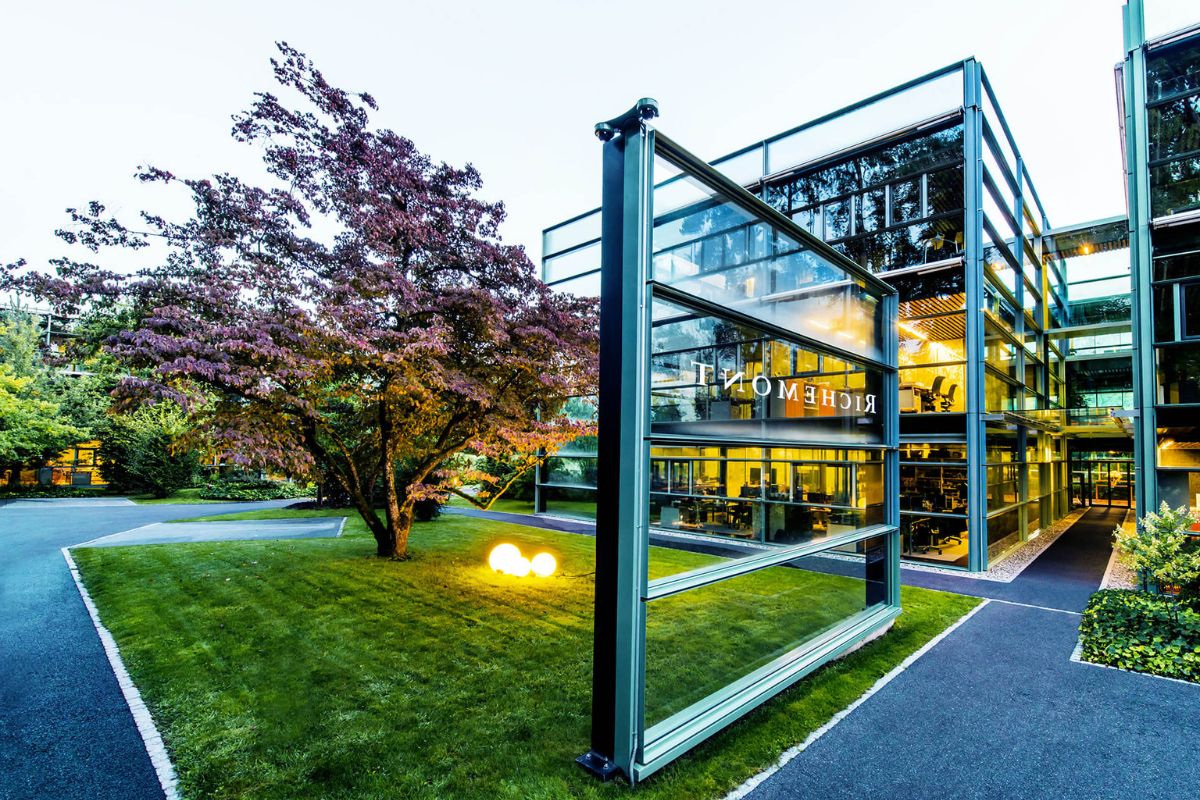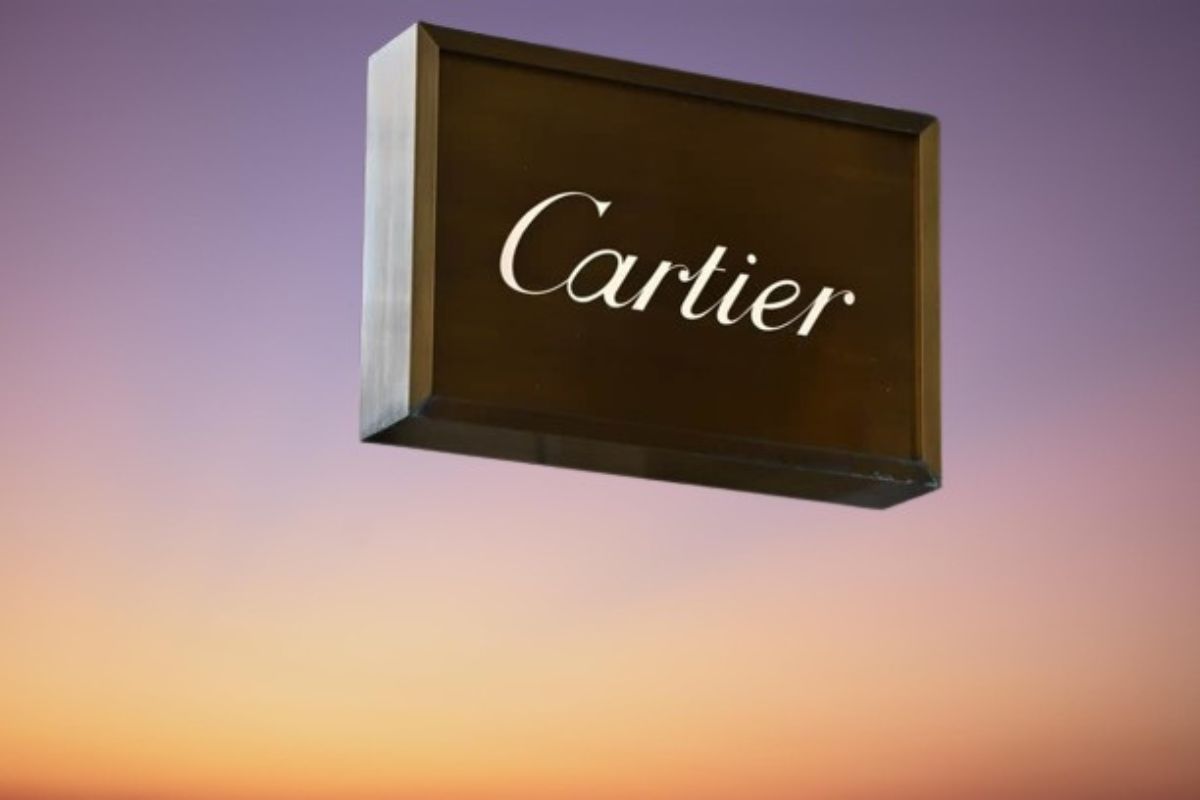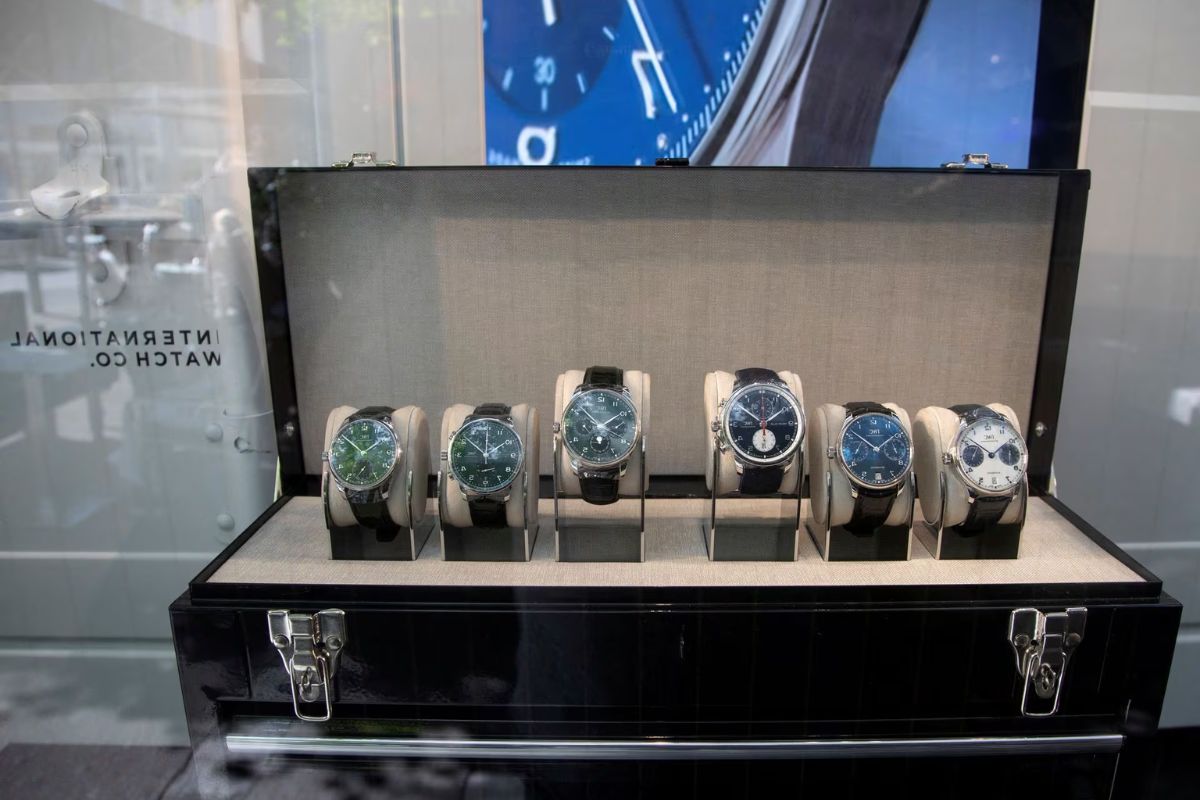Richemont’s Soaring Success: In the ever-changing landscape of the luxury sector, Richemont’s recent success in China stands out amidst a decline in European sales. This surge in Chinese luxury sales has not only caught the attention of industry insiders but has also raised intriguing questions about the future of the luxury market.
While some may view this as a sign of a shifting power dynamic in the industry, it is important to approach this topic with a nuanced perspective. In this discussion, we will explore the factors contributing to Richemont’s soaring success in China, analyze the broader market response, and examine the challenges that continue to loom over the luxury sector.
But first, let us delve into the details of Richemont’s sales performance and the reasons behind its positive reception.
Key Takeaways
- Richemont’s sales in China, including Hong Kong and Macau, have experienced a significant 25% increase, showcasing the resilience of the luxury sector in the region.
- The Chinese consumer has become increasingly important in the luxury market, highlighting the shifting dynamics within the industry.
- Market response to Richemont’s financial results indicates confidence in the company’s performance, with shares expected to open 4.6% higher on the Zurich exchange.
- Despite challenges such as inflation, high interest rates, and a slow recovery in China, Richemont’s success in capturing the growing demand for luxury goods in China positions the company with a promising financial outlook.
Also Read: Luxury Shake-up: Richemont Holds Ground as Farfetch Mulls Privatization
Richemont’s Sales Performance: A Nuanced View of the Luxury Sector
Richemont’s sales performance offers a nuanced perspective on the luxury sector, revealing both challenges and opportunities amidst a changing global landscape.
While the company reported a 3% decline in sales in Europe, it also saw a remarkable 25% increase in sales in China, including Hong Kong and Macau. This divergence highlights the shifting dynamics within the luxury market and underscores the growing importance of the Chinese consumer.
It is evident that reduced spending by travelers, particularly from the United States, has had a significant impact on sales in Europe. However, the surge in sales in China demonstrates the resilience of the luxury sector in the region, countering concerns about a potential economic slowdown.
This presents both challenges and opportunities for luxury brands, as they navigate the complexities of a global market that is rapidly evolving.
Market Response and Financial Outlook: Richemont’s Positive Reception
The positive market response to Richemont’s financial results indicates a strong reception and confidence in the company’s performance. With shares expected to open 4.6% higher in pre-market activity on the Zurich exchange, analysts have described the results as a comfortable beat.
This positive market response suggests that investors believe in Richemont’s ability to navigate the challenging luxury sector. Despite the decline in European sales, the company reported an 8% increase in sales for the three months ending December 31, excluding currency effects. This showcases Richemont’s resilience and adaptability in capturing the growing demand for luxury goods in China.
As China’s luxury sales surge, Richemont’s financial outlook appears promising, positioning the company for continued success in the luxury market.
Challenges Facing the Luxury Market: Inflation, Interest Rates, and Slow Recovery in China
Persistent inflation, high interest rates, and the slow recovery in China present significant challenges for the luxury market. These factors have a direct impact on consumer purchasing power and confidence, affecting the demand for luxury goods.
Inflation erodes the value of money, making luxury items more expensive and potentially deterring potential buyers. High interest rates increase the cost of borrowing, reducing consumer spending and investment in luxury products.
Additionally, the slow recovery in China, one of the largest luxury markets, hampers the growth prospects of luxury brands. The lingering effects of COVID-19 disruptions and cautious consumer behavior further hinder the sector’s recovery.
Luxury brands must navigate these challenges by implementing innovative strategies, adapting to changing consumer preferences, and diversifying their target markets to maintain their competitive edge in the global luxury industry.
Resilience of Richemont’s Jewelry Business: Spotlight on Van Cleef & Arpels
Amidst the challenges faced by the luxury market, one brand stands out for its remarkable resilience and success – Van Cleef & Arpels, a jewelry business under the esteemed Richemont portfolio. While other luxury brands struggle to maintain sales, Van Cleef & Arpels has managed to achieve a 12% increase in sales, showcasing its strength and ability to adapt in a competitive market.
This success can be attributed to several key factors:
- Iconic Heritage: Van Cleef & Arpels has a rich history and iconic designs that have stood the test of time. This heritage gives the brand a sense of prestige and authenticity that resonates with consumers.
- Exquisite Craftsmanship: The brand’s commitment to impeccable craftsmanship and attention to detail sets it apart from its competitors. Each piece of jewelry is meticulously crafted, creating a sense of exclusivity and luxury.
- Innovative Designs: Van Cleef & Arpels continuously pushes the boundaries of design, creating unique and innovative pieces that capture the imagination of its customers. This ability to stay ahead of trends and offer something new and exciting keeps the brand relevant and in demand.
Analysts’ Perspectives on the Luxury Sector: Caution Amid Resilience
In light of the challenges faced by the luxury sector, analysts are exercising caution while acknowledging its resilience and strategic strengths. Despite uncertainties, the luxury industry continues to demonstrate its ability to weather storms and maintain its position in the global market. Analysts view the recent positive results, particularly in the Americas, as a testament to the sector’s strength and potential. However, they caution that the first half of 2024 may present additional challenges. To provide a clearer picture, let’s examine the contrasting perspectives in the table below:
| Analysts’ Perspectives | Caution | Resilience |
|---|---|---|
| GDP Multiplier | ✓ | ✓ |
| Barriers to Entry | ✓ | ✓ |
| Made in Europe Label | ✓ | ✓ |
While caution is warranted, it is important to recognize the luxury sector’s ability to adapt and leverage its strategic strengths. This resilience, along with its strong barriers to entry and the allure of the Made in Europe label, positions the luxury industry as a formidable player in the global market.
Conclusion Of Richemont’s Soaring Success
Richemont’s soaring success in China’s luxury market amid the decline in Europe highlights the resilience of the company and the overall luxury sector. Despite challenges such as inflation, interest rates, and a slow recovery in China, Richemont’s positive sales performance is a testament to its strong brand portfolio and strategic initiatives.
However, caution is still advised as analysts navigate the uncertainties surrounding the luxury market’s future.




